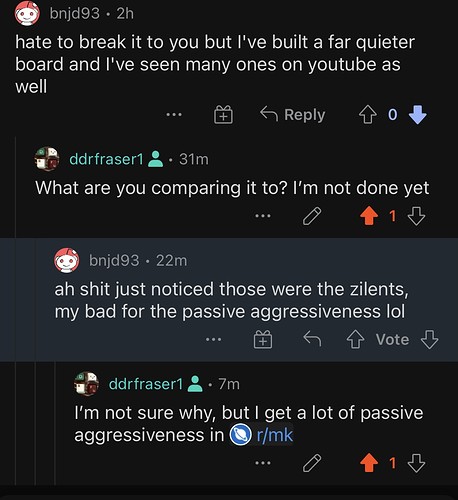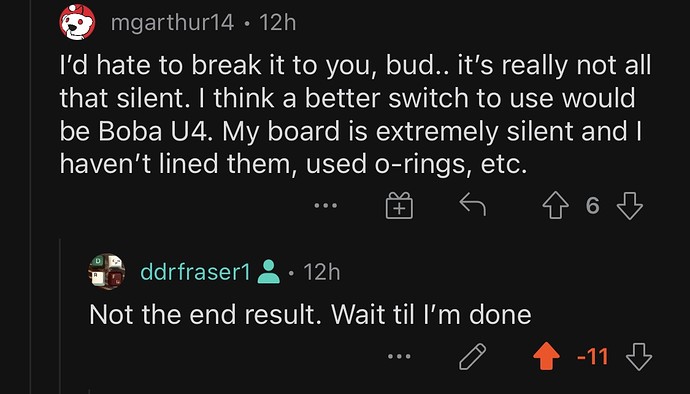I’m on a mission.
My brother in law is an audio engineer here in Nashville. He works with artists such as Big and Rich, Mumford and Sons and many others. So I’m going to build him a custom mech to replace his ‘ultra quiet’ apple keyboard (![]() ).
).
He uses Pro tools and I found these Pro tools Keycaps over at WASD that I am going to use.
I’m going to try to match the aesthetic of the Apple keyboard as much as possible, particularly the Pro Tools keyboard’s that are out there:
But of course it’ll be a kick ass mech.
WASD has these great aftermarket full sized cases, so I’ll grab me one of those:
Now for the fun part.
How do I make this veritable resonance chamber as silent as possible for his studio?
First step will be to find the quietest switches of course. I’ve tried silent switches before, I don’t love them. They’re mostly like regular switches but with a worse typing feel ![]() Plus, they’re not all that quiet, at least, not recording studio quiet.
Plus, they’re not all that quiet, at least, not recording studio quiet.
I came across this excellent sound comparison and I was blown away by these Outemu silent switches.
Apparently they are the same as Outemu Silent Forest switches so I picked some of those up. I guess they are somehow related to Bobas? Again, I haven’t really hopped on the Boba train yet so maybe someone can shed some light on all that.
Anyway, when they arrived, I was even more blown away. These things are so quiet you could hear a snail clear its throat in the garden.
Good stuff.
Obviously I lubed and filmed them.
Silencing the caps
I already posted on the keyboard chores thread about my process and testing to get these frankly average ABS caps quieter but it bears repeating here.
I got a square punch and a hole punch to cut out pieces of felt from this adhesive roll.
Using these old WASD keycaps, I compared the stock cap with the felt insert as well as putting some hot glue inside the keycap before adding the felt.
The hot glue is pretty messy and difficult to control but if I end up going this route I’m sure I will improve my technique with practice.
It doesn’t look so bad after adding the felt.
Here’s the sound comparison. These are zilents - not the silent forests This is just to compare the caps.
F11 - stock
F5 - felt insert
/ - hot glue + felt
62g zilents filmed and lubed
It certainly gives in a deeper sound. As far as making it quieter, it’s difficult to tell the difference. However, I think it is slightly quieter and when you’re working in a sound studio every decibel counts.
As far as key feel, I expected it to add another layer of mushiness, like adding an O-ring. It doesn’t. Luckily, the felt is thin enough that it doesn’t even make contact with the switch housing.
After posting that bit in Chores, @patcoll suggested I use sticky tack. That’s a way better idea. So I’ll give that a go.
Next bit - Foam and shit.
After cleansing this $75 donor board of its unrighteousness…
I installed the switches and got to work adding strips of adhesive neoprene foam under the plate.
Note on the switches - Delightfully, but not overbearingly tactile, not mushy at all.
SHWING!
All done with that.
Next, I added a layer of these thin adhesive felt sheets for additional sound dampening.
That’s all for now. Will post regular updates.
Please let me know if you have other little tips and tricks although this thing is already so quiet I think we’re at the point of deminishing returns.
Next steps are foam under the PCB, silance all those caps, and an adhesive matfor the keybaord to sit on ala the HHKB Silencing mat - http://www.smartimports.net/hhkb-hg-embossed-vibration-absorption-mat/

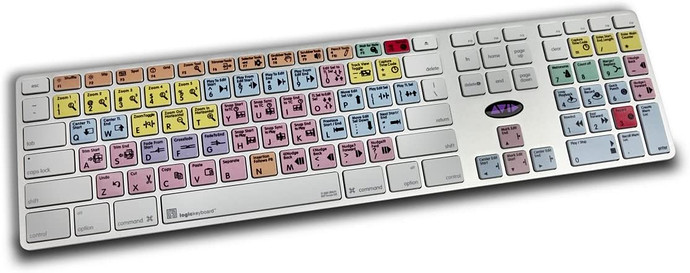
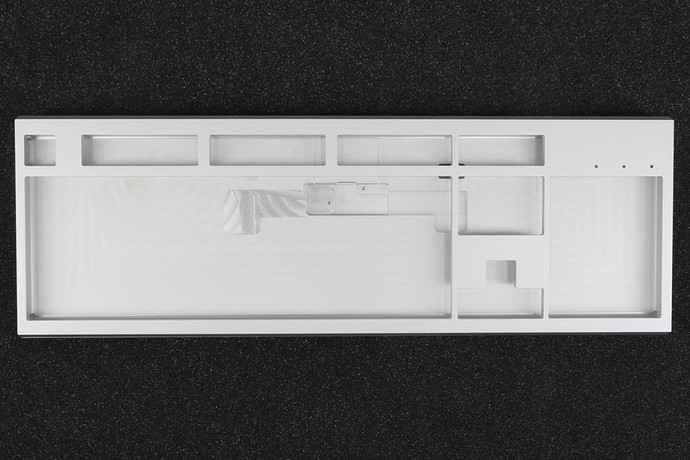

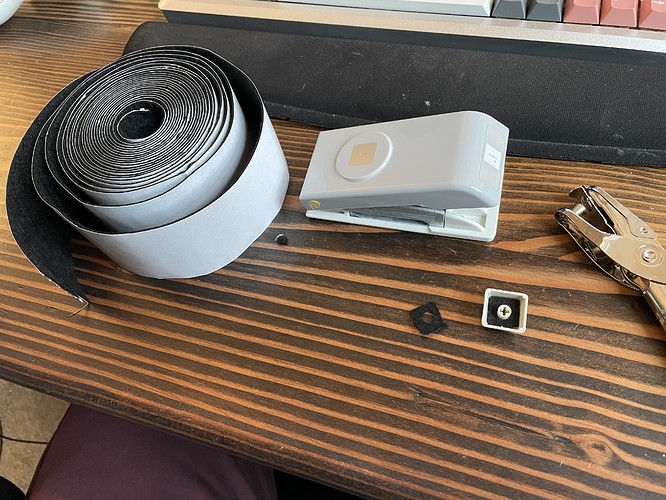
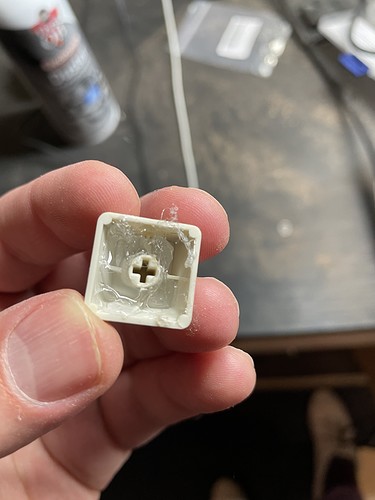
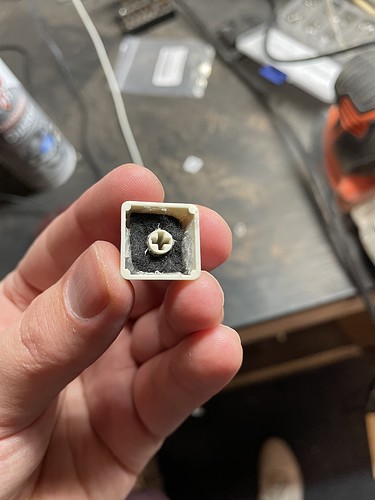

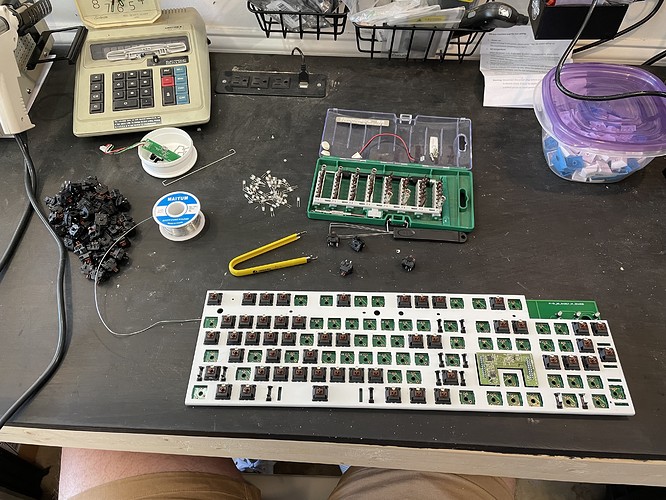
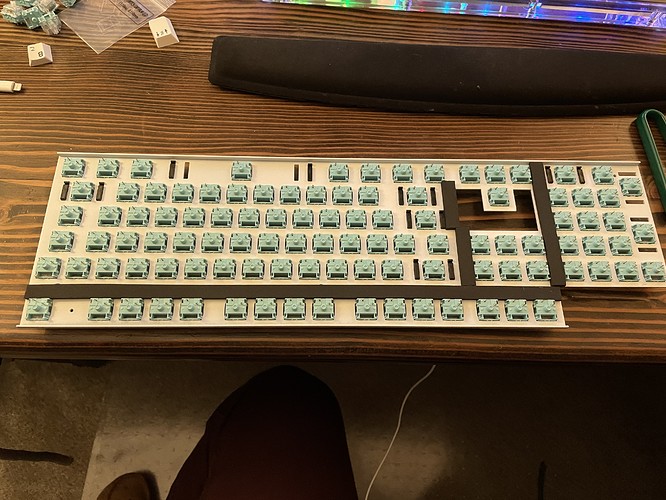
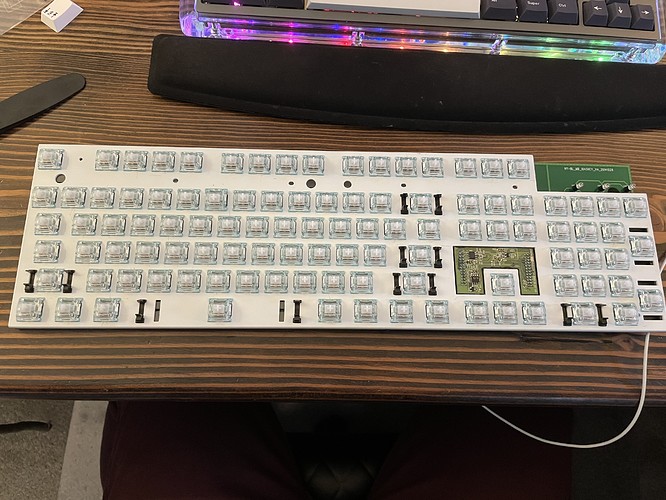
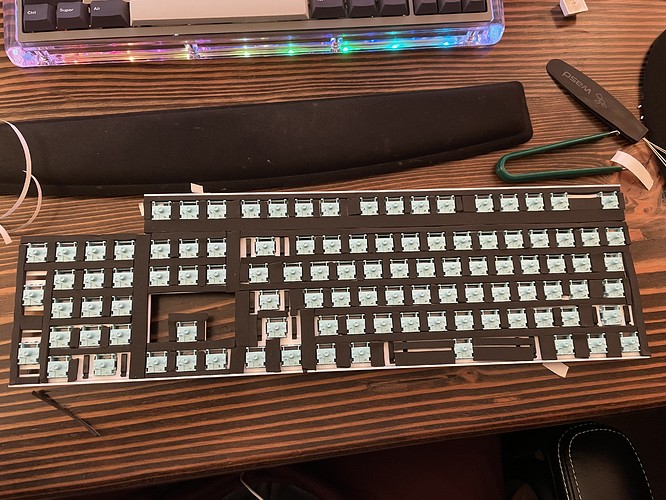
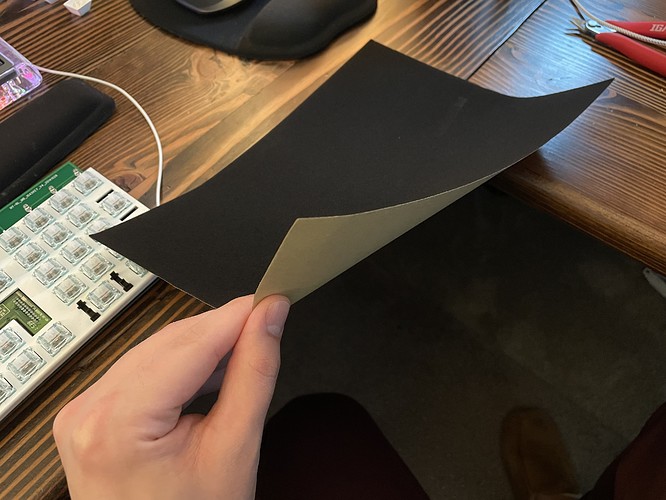
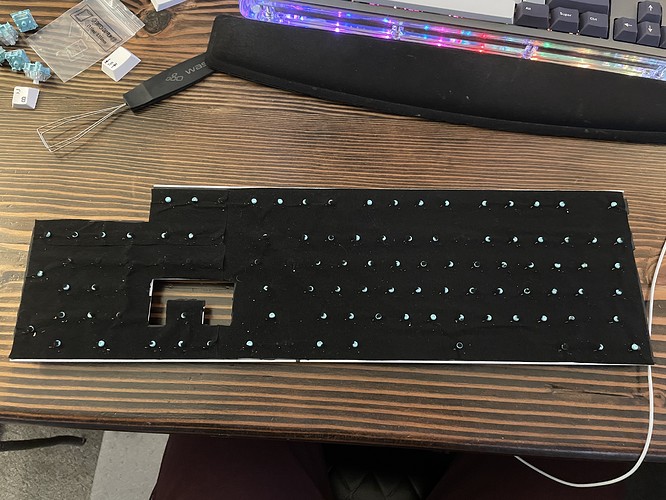
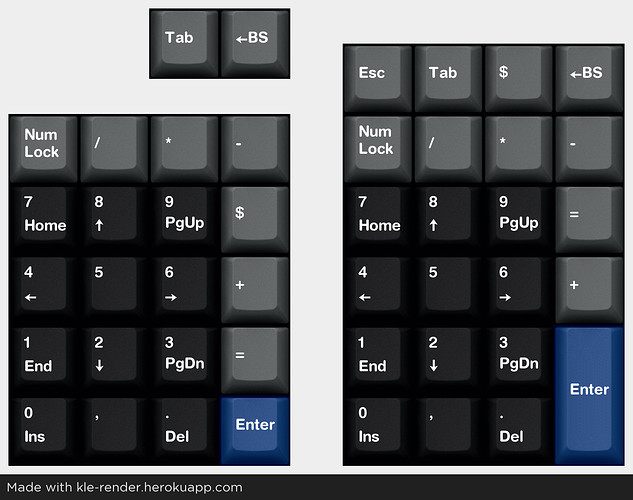

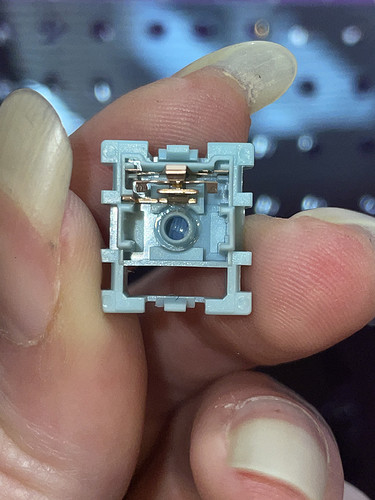

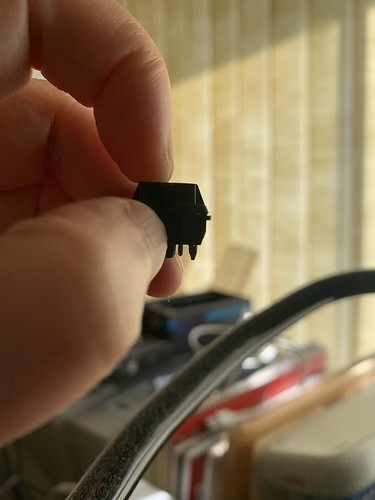
 I’ll make sure to pass that along
I’ll make sure to pass that along
